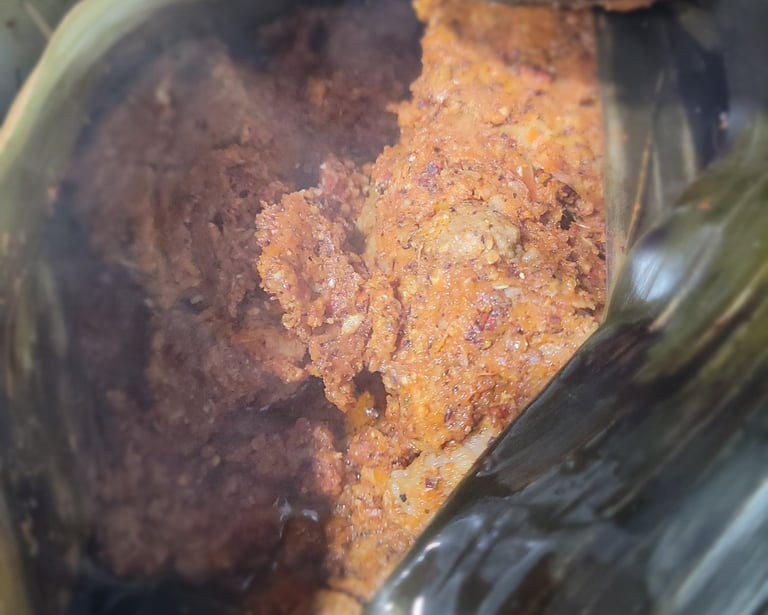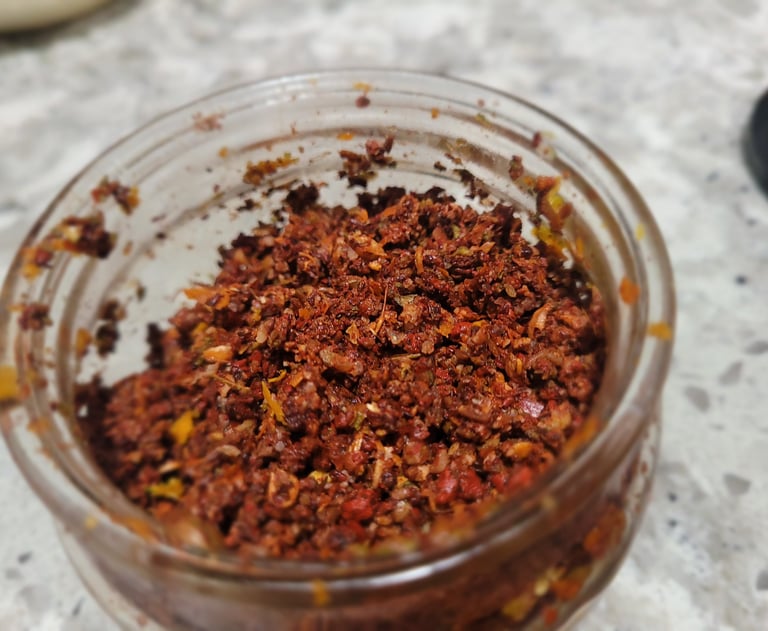#3: Yucatán
The spirit of the Maya.
FOODCULTURE


#3: Yucatán
Yucatán. It is full of pre-Columbian history, Mayan culture, and natural circular pools limestone knowns as cenotes. The Yucatán peninsula is geographically isolated (only connected to the mainlaind by a narrow strip of land) and culturally quite separate than the rest of Mexico, and in fact it twice declared independence as the Republic of Yucatán - first when Mexico broke away from the Spanish crown in 1821 (acceding the same year) and then from 1841 to 1848 as the Second Republic of Yucatán.
Three alternative explanations exist for the origin of the name - 2 of Mayan origin reflecting the language barrier with the Spanish conquistadors (one based on the conquistadors hearing the local people say 'uh yu ka t'ann' or 'hear how they talk'; and the other being a phrase they used when asked for the name of the region 'Ma'anaatik ka t'ann' or 'I don't understand you'). The 3rd explanation is simply as Yucatá translating as the 'land of yucas' for what was a staple crop.
At one point the state of Yucatán occupied the entire peninsula - but eventually the state was subdivided into 3 states first with Campeche to the west in 1863 and then Quintana Roo to the southeast in 1902.
Yucatán became prosperous by selling the fiber of the henequen plant, which was used worldwide for twine and rope (and especially as shipbuilding economies dominated). The resulting wealth gave rise to the architecture in the capital city of Mérida and hundreds of henequen plantation haciendas throughout Yucatán. Early in the 20th century Mérida was believed to have the highest concentration of millionaires per capita in the world - and had street lights and city trams running before they appeared in the capital Mexico City.
Until the 1950s and 1960s (when first rail and then highway connections were built to the rest of Mexico, followed by air travel) Yucatán was so isolated it might as well have been an island. Most trade was done with Cuba, the US, and Europe and is was done by sea.
And now for the food. Yucatecan food is quite different from the rest of Mexico's and is heavily Maya-influenced helped by an abundance of local produce; it is especially known for its liberal use of the fiery habanero chile. I made the famous Cochinita Pibil - so named for the way the pork is cooked in the ground (known as 'pib'). Pork is marinated in a rich spice mixture (known as 'recado', pictured, and citrus juices) and then roasted in banana leafs and served over tortillas. The marinade and banana leaf impart a distinctly tropical taste - and much of it can't be replicated outside of Yucatán where the minerals in the soil and smokiness of local vegetation contribute to its unique taste.




